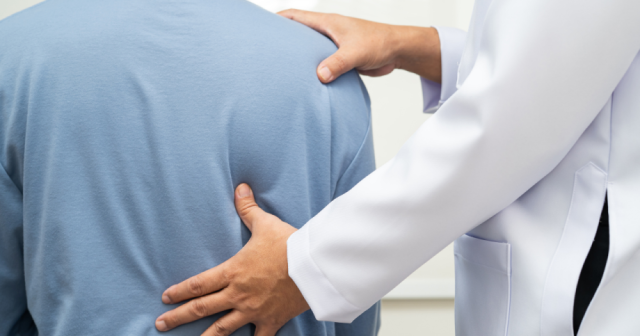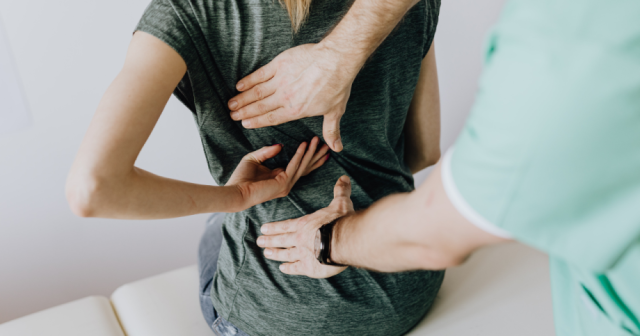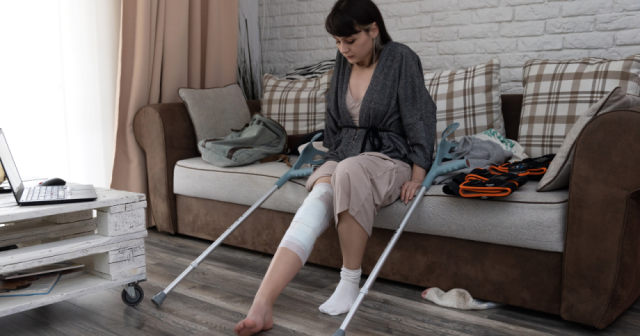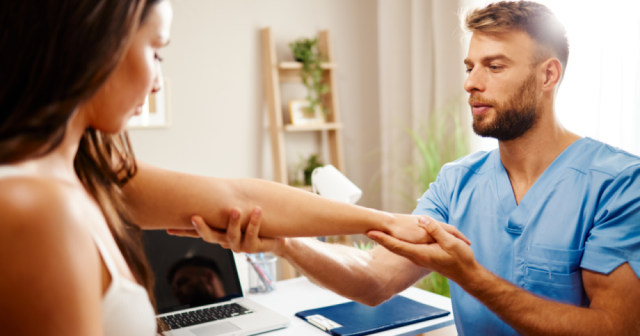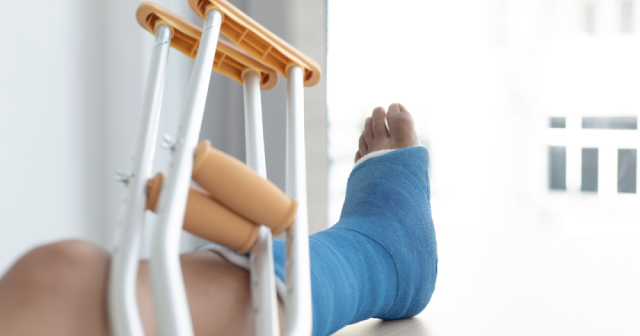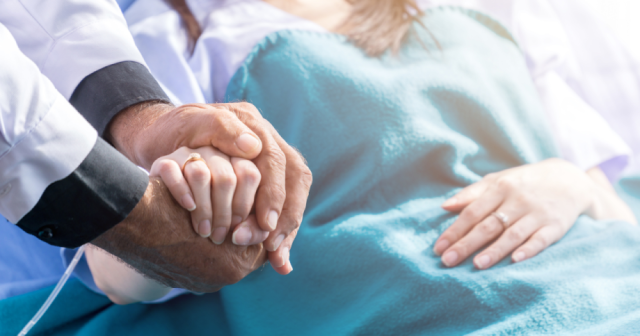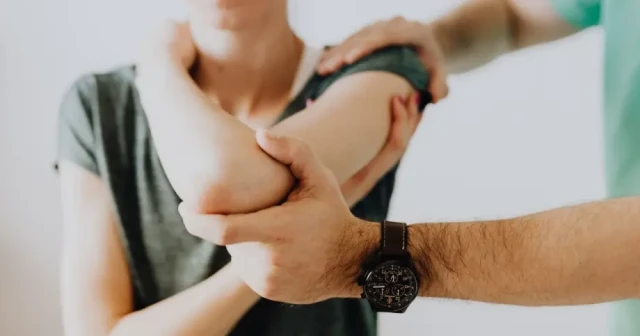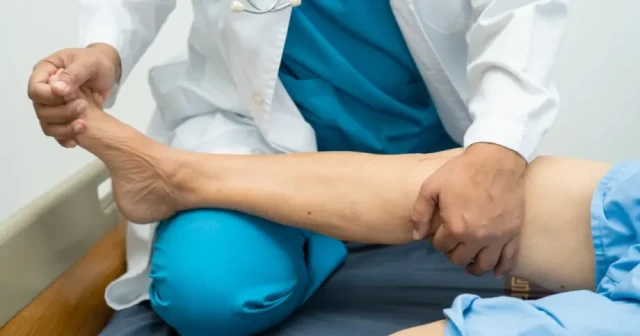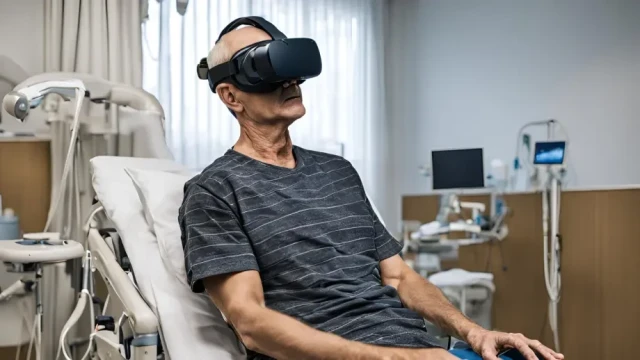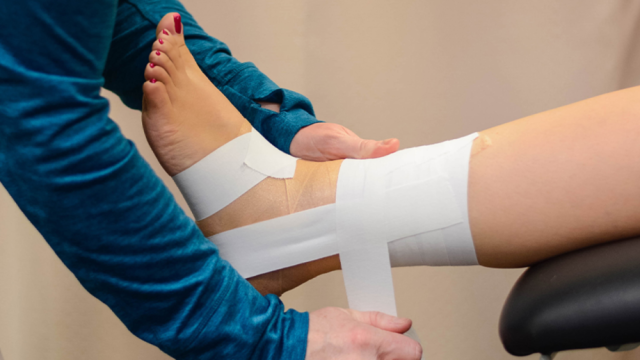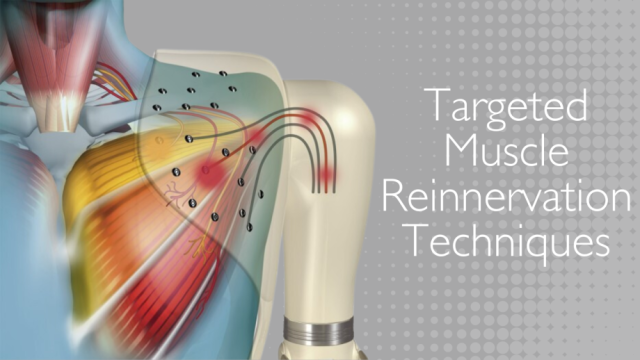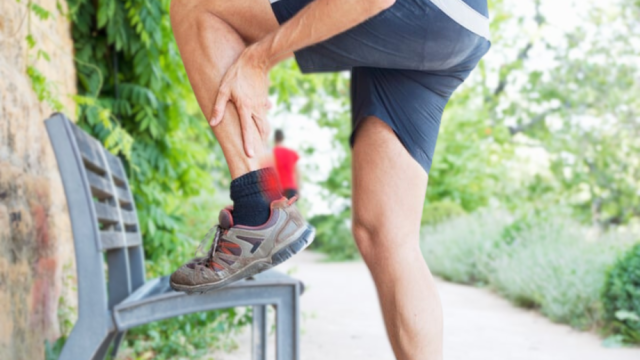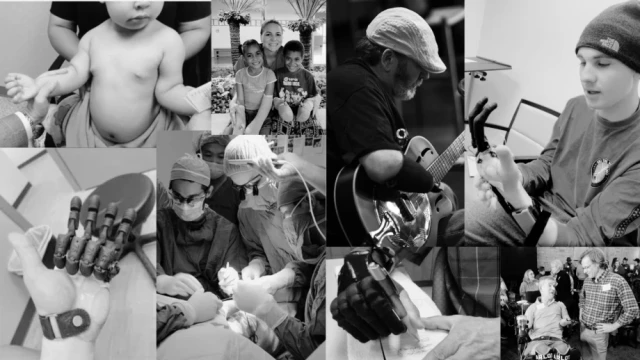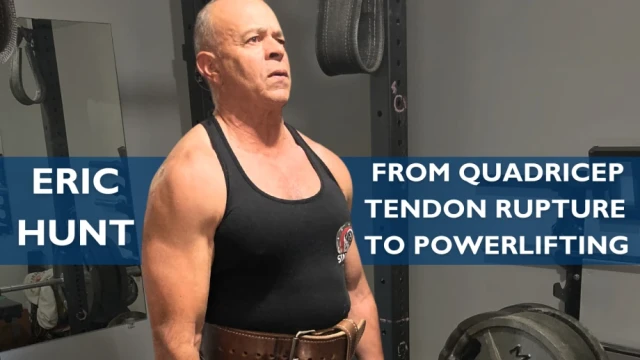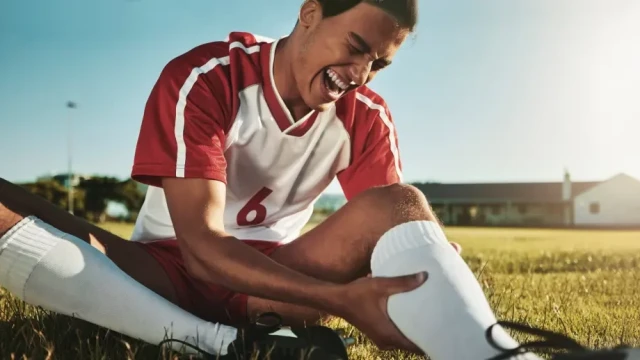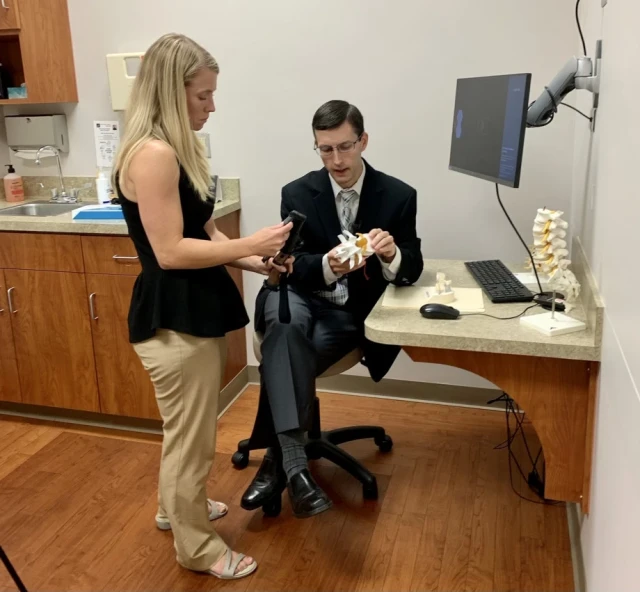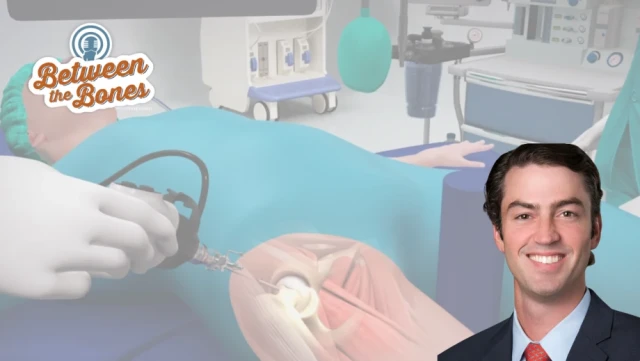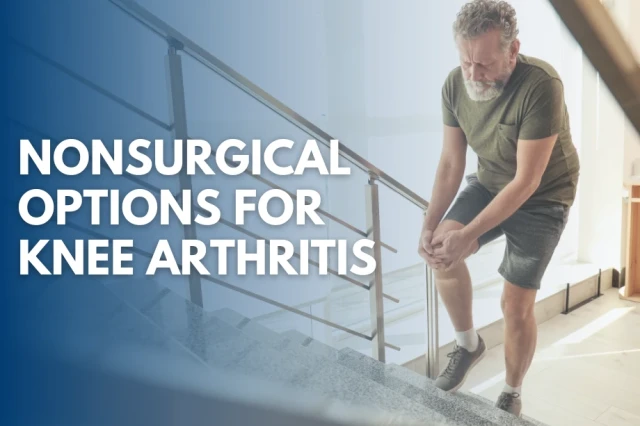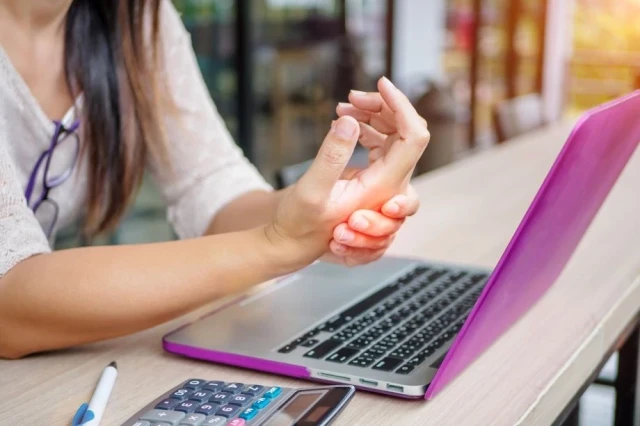Treatments & Recovery
Understanding Nerve Impingement in the Neck: Causes, Symptoms, and Treatment
Read MoreNonoperative Spine Care: How Physiatrists Offer Alternatives to Surgery
Read MoreUnderstanding ACL Injuries: Surgery Options, Recovery, and What You Need to Know
Read MoreMinimally Invasive Treatments for Children: Helping Your Child Recover Quickly
Read MoreUnderstanding Joint Replacement Options: Is Minimally Invasive Right for You?
Read MoreNavigating Your Orthopedic Treatment Options: From Pain Relief to Recovery
Read MoreOvercoming Phantom Limb Pain: Virtual Reality Innovation at OrthoCarolina
Discover how OrthoCarolina is revolutionizing amputee care with Targeted Brain Rehabilitation using Virtual Reality, offering new hope for overcoming phantom limb pain and enhancing quality of life.
Read MoreMastering Ankle Taping: A Step-by-Step Guide to Injury Prevention and Recovery
Learn proper ankle taping techniques with our comprehensive step-by-step guide, designed for athletes, trainers, and healthcare professionals. Discover essential materials, effective methods, and expert tips to enhance injury prevention and support recovery.
Read MoreEnhancing Prosthetic Functionality with Advanced Targeted Muscle Reinnervation (TMR) Techniques
Discover how Targeted Muscle Reinnervation (TMR) surgery enhances prosthetic functionality and manages neuroma pain for amputees. Learn about advanced techniques, see illustrative resources, and explore the integration of VR technology at our internationally recognized Amputee Clinic
Read MoreUnderstanding Athletic Achilles Injuries: Causes, Prevention, and Advanced Treatments
Achilles injuries are becoming increasingly common among athletes of all ages. Dr. Robert Anderson of OrthoCarolina Foot & Ankle explains the causes, prevention methods, and the latest advancements in treatment to help athletes recover faster and more effectively.
Read MoreEmpowering Recovery: OrthoCarolina's Multidisciplinary Approach to Brachial Plexus Injuries, Limb Paralysis, and Congenital Hand Differences
Discover how OrthoCarolina's multidisciplinary approach provides comprehensive care for brachial plexus injuries, limb paralysis, and congenital hand differences. From innovative treatments to personalized rehabilitation, we're committed to enhancing physical, emotional, and psychological well-being.
Read MoreEric Hunt's Remarkable Comeback: From Quadricep Tendon Rupture to Powerlifting
Discover Eric Hunt's awe-inspiring journey from a ruptured quadricep tendon to powerlifting glory. Follow his resilience, rehabilitation, and ambitious comeback goals after overcoming adversity. A tale of strength, determination, and the unwavering spirit that defines extraordinary comebacks.
Read MoreLet OrthoCarolina Assist You When Conquering Shin Splints
Learn effective strategies for managing shin splints in soccer players and runners. Discover expert advice for pain management, injury prevention, and staying in the game pain-free.
Read MoreNew Surgical Device Helping Patients with Herniated Disc
Spectrum 1 News interviewed Dr. Bradley Segebarth, OrthoCarolina spine surgeon, on his usage of the Barricaid device for herniated disc patients. Learn about the new device and how it is reducing discectomy failure rates by 80%.
Read MoreBetween the Bones Episode 9: Hip Arthroscopy with Dr. Weeks
On this episode of the Between the Bones Podcast, the host Adamtalksto Dr. Durham Weeks, a surgeon at OrthoCarolina.
Read MoreNonsurgical Solutions for Knee Arthritis
Looking for alternative options to alleviate knee pain from arthritis before pursuing surgery? Dr. Robinson has shared some tips for you.
Read MoreTrigger Finger & Carpal Tunnel Prevention, Symptoms & Treatment
Simple, everyday choices can help relieve hand pain and prevent overuse injuries like trigger finger and carpal tunnel. Learn helpful tips, common symptoms to watch out for and what to expect if you're considering surgery.

